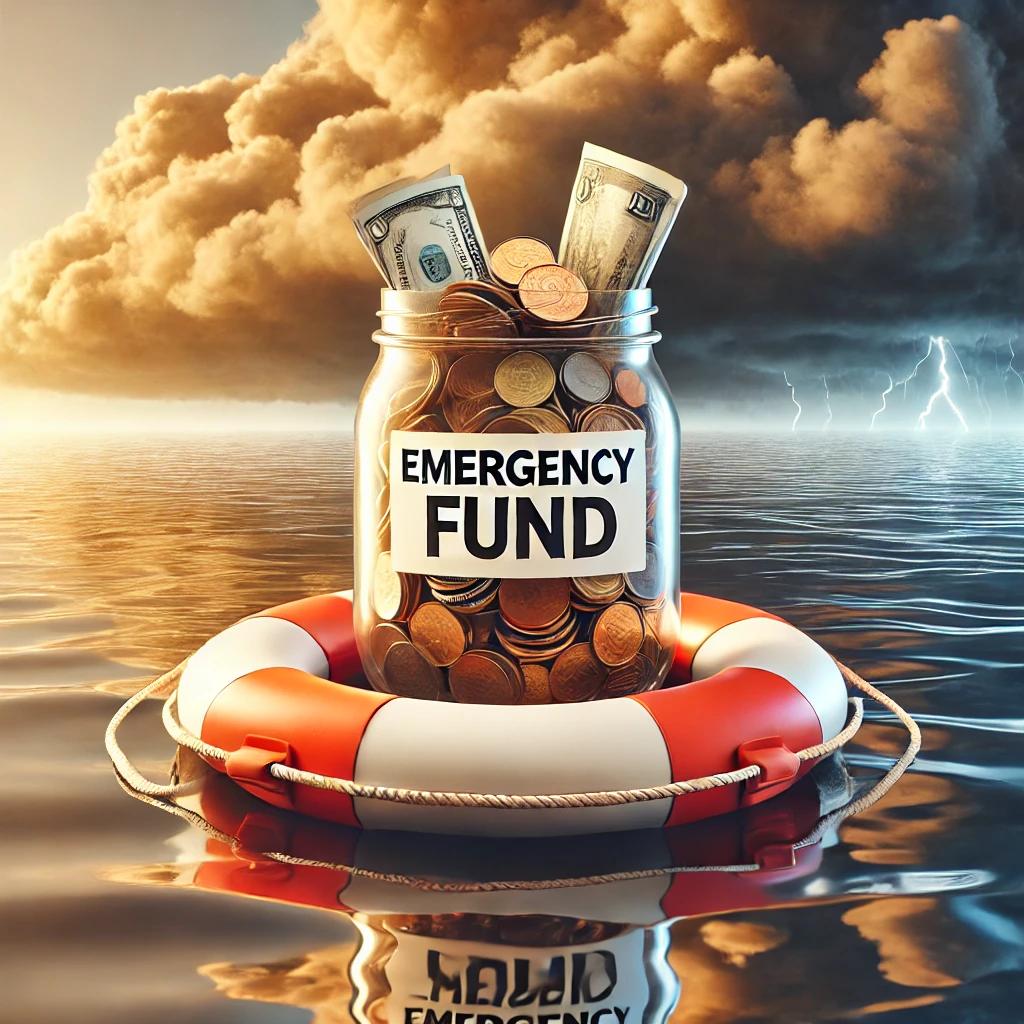Life is full of surprises. Some are wonderful, like finding a $20 bill in your pocket or getting an unexpected day off work. Others, though, can be tough, like losing your job, facing a sudden medical bill, or dealing with car repairs you didn’t see coming. That’s where an emergency fund comes in. It’s your financial safety net, and in 2025, it’s more important than ever.
What Is an Emergency Fund?
An emergency fund is money you set aside to cover unexpected expenses. It’s not for vacations, new gadgets, or that fancy coffee maker you’ve been eyeing. It’s strictly for emergencies — the kind that can derail your finances if you’re not prepared.
The goal is to have at least three to six months’ worth of living expenses saved up. That might sound like a lot, but don’t worry. The key is to start small and build over time.
Why 2025 Is the Year to Focus on Your Emergency Fund
In 2025, the world is still recovering from the economic ups and downs of recent years. Prices for everyday items like groceries and gas are higher than ever. Job markets are shifting, and unexpected costs seem to pop up more often. Having an emergency fund can give you peace of mind and financial freedom when life throws you a curveball.
Here are three big reasons why an emergency fund is crucial this year:
1. Inflation Is Still a Challenge
Inflation makes everything more expensive. Even small price hikes can strain your budget if you’re not prepared. An emergency fund can help you handle rising costs without dipping into credit cards or loans, which only create more financial stress.
2. Job Security Isn’t Guaranteed
Industries are evolving rapidly, and job stability isn’t what it used to be. If you suddenly lose your income, having a financial cushion can buy you time to find a new job without panicking.
3. Health and Safety Costs Are Rising
Whether it’s an unexpected medical bill or home repairs after a storm, emergencies are often expensive. Without a backup plan, these costs can derail your financial goals.
How to Start Building Your Emergency Fund
Creating an emergency fund doesn’t have to be overwhelming. Here’s how to get started:
- Set a Realistic Goal: Begin with a small target, like $500 or $1,000. Once you hit that, aim for one month’s worth of expenses, and build from there.
- Automate Your Savings: Set up an automatic transfer from your checking account to your savings account every payday. Even $20 a week adds up over time.
- Cut Back Where You Can: Look for small ways to save, like cooking at home, canceling unused subscriptions, or shopping sales.
- Keep It Separate: Put your emergency fund in a savings account that’s easy to access but not so easy that you’re tempted to dip into it for non-emergencies.
The Freedom an Emergency Fund Brings
Having an emergency fund isn’t just about being prepared; it’s about freedom. When you know you’re covered for life’s surprises, you can focus on your bigger goals, like paying off debt, saving for a home, or starting your own business. It’s a key step toward financial independence.
Final Thoughts
In 2025, an emergency fund is more than just a nice-to-have; it’s a must-have. It’s your shield against life’s uncertainties and a cornerstone of financial freedom. Start small, stay consistent, and watch your safety net grow. Your future self will thank you!
If you love finding ways to save money and want more tips on achieving financial independence, join our mailing list! We share simple, actionable advice to help you live debt-free, save smarter, and enjoy life without financial stress. Sign up today and take the next step toward a better financial future!
